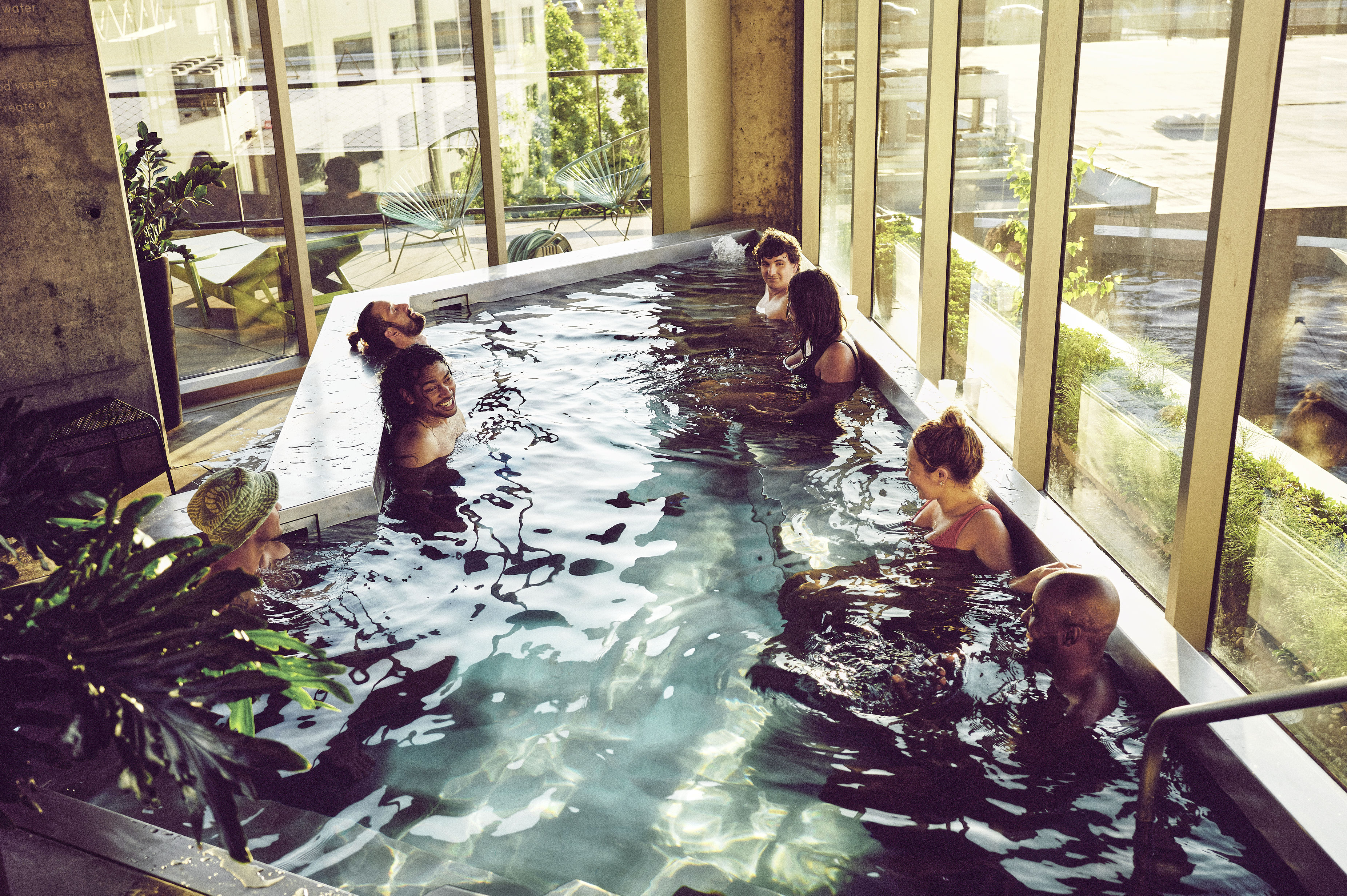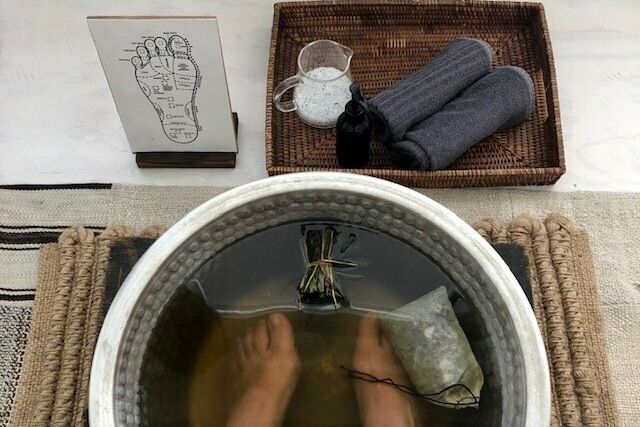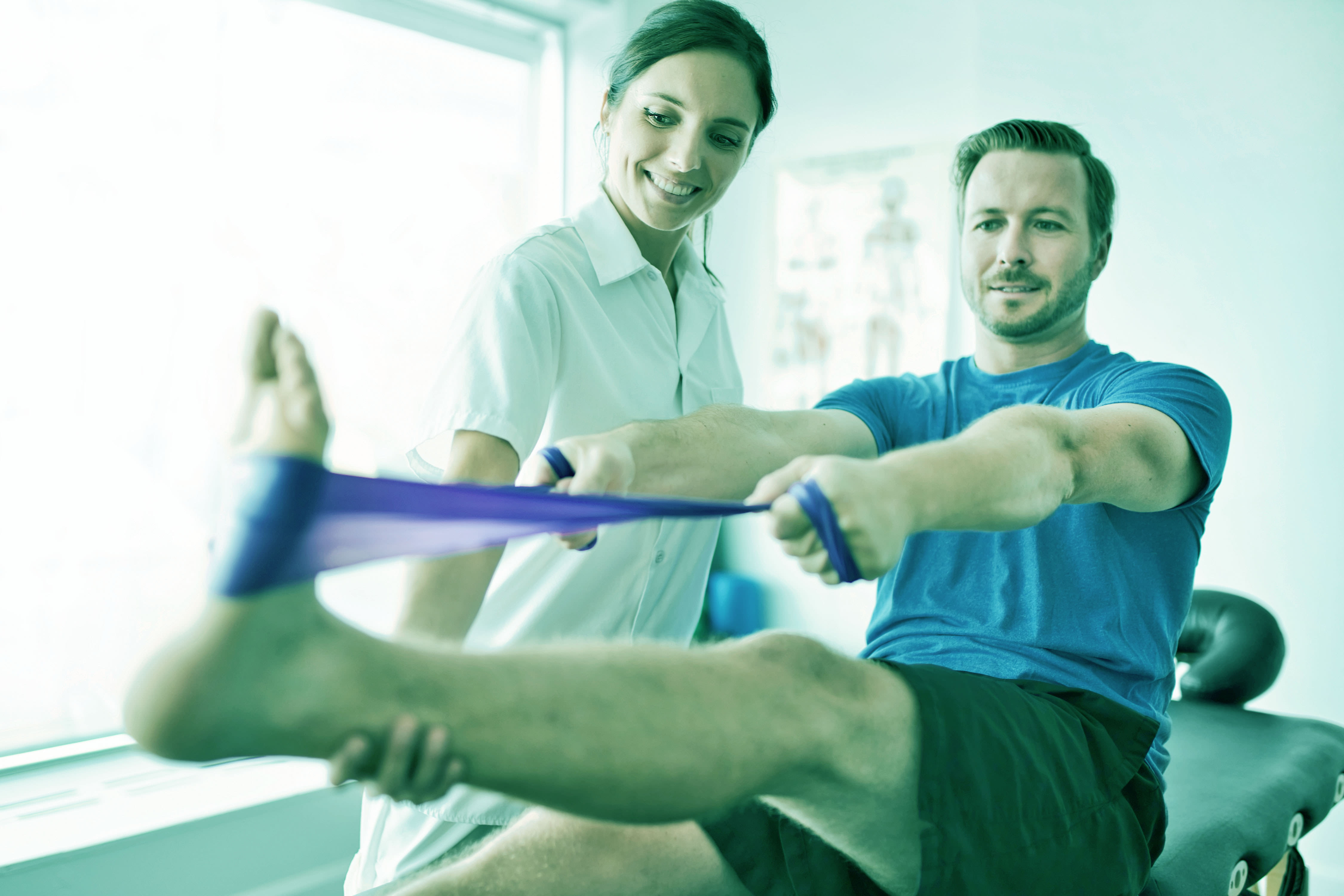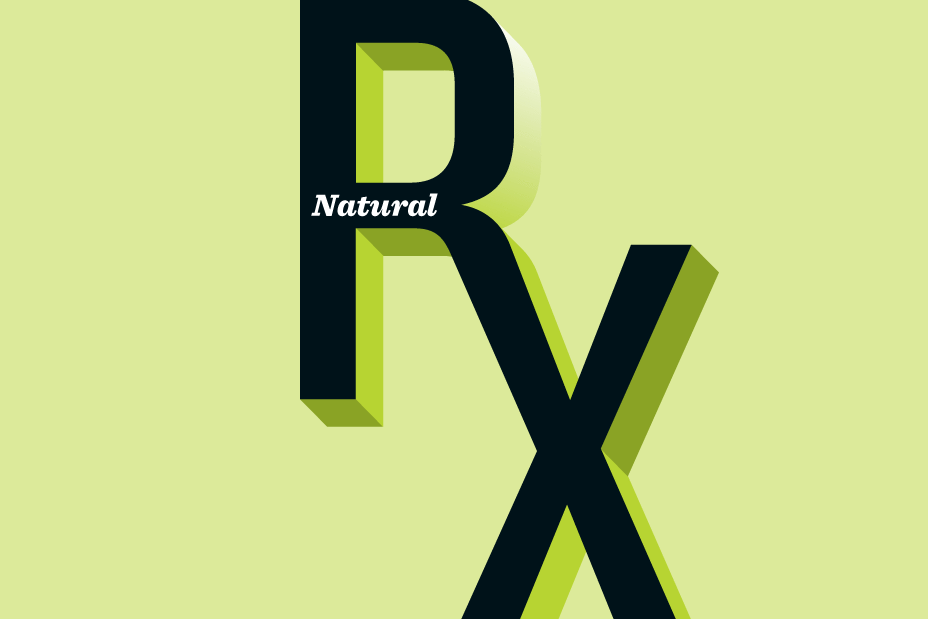
Portland Alternative Medicine Guide
Portland has long led the country in the mainstreaming of natural medicine, partly because we are a mecca for those learning to practice it. The city is home to three nationally revered institutions: the National College of Natural Medicine (NCNM), the Oregon College of Oriental Medicine, and the University of Western States (which graduates chiropractors, massage therapists, physical therapists, and nutritionists). Our leading medical research center, Oregon Health & Science University, has also fully embraced the trend, routinely collaborating with all three schools on studies that have proven everything from fish oil’s ability to quell depression in people with MS to the positive effects of yoga for seniors.
“Portland is unique, especially from a research perspective,” says Heather Zwickey, dean of research at NCNM and director of the college’s Helfgott Research Institute. “We all collaborate and get along—that doesn’t happen anywhere else.”
With 40 percent of American adults using some form of natural medicine—and a naturopath or acupuncturist seemingly on every Rose City block—we thought it was high time to provide a local primer.
CHINESE MEDICINE
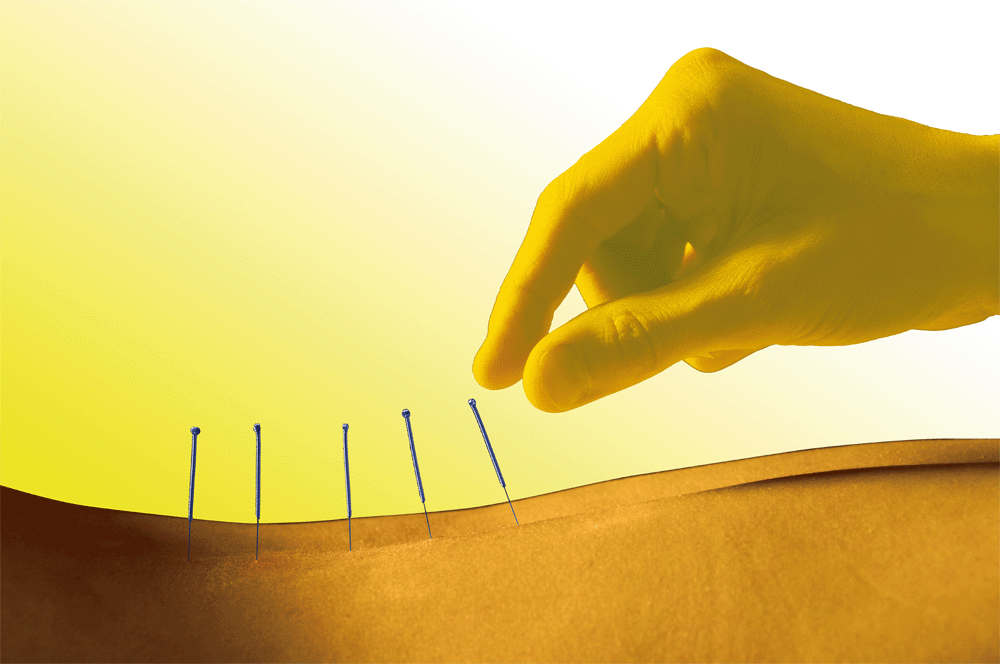
Chinese medicine may have originated in centuries-old ancient texts like the Nei-Jing and the Shang Han Lun, but the Americans who now benefit from its two-millennia history should give thanks to President Richard Nixon. During a preparatory trip to China advancing the president’s famed breakthrough visit of 1972, a press-corps reporter named James Reston suddenly felt a stabbing pain: appendicitis. His surgery at Beijing’s Anti-Imperialist Hospital went smoothly, but for the severe abdominal pains that followed, which the Chinese treated with acupuncture. Reston praised the ancient technique in the New York Times, and American doctors took notice. Some even traveled to China to experience acupuncture for themselves. Clinical trials followed and, soon after, accupunture schools.
Most Chinese medicine schools today teach “Traditional Chinese Medicine” (TCM), the more standardized version popularized by Mao Tse-tung in the 1950s. TCM practitioners use acupuncture, herbs, dietary therapy, moxibustion (burning herbs near certain points on the body), cupping (using heat and a glass cup to create a suction on the skin), and other practices to restore the qi (or “life force”) of the body. Older, more nuanced variations, known as “Classical Chinese Medicine,” are enjoying a renaissance as well at schools like Portland’s National College of Natural Medicine.
To the Point: Puncturing Skepticism about Acupuncture
Naysayers have long criticized accupuncture studies for being inconclusive. But last October, an overview published in Archives of Internal Medicine concluded that acupuncture outperformed over-the-counter pain relievers and other standard meds for people suffering osteoarthritis, migraines, and chronic back, neck, and shoulder pain. Funded by the National Institutes of Health, the five-year effort scrutinized raw data from 29 studies involving 18,000 patients and offered what the New York Times called “firm evidence supporting acupuncture for the treatment of chronic pain.”
Profiles in Treatment: Arnaud Versluys
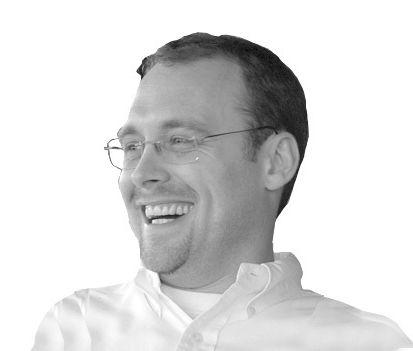
After surviving chemo for stage-3 breast cancer, Tracy J. Prince, 47, developed a persistent hacking cough—very inconvenient for someone who sings in three choirs. Her general practitioner diagnosed her with adult asthma and put her on Albuterol and then a steroid called Advair. But the cough only grew worse. To Prince, alternative medicine was “New Age crap,” but after four years of coughing and, eventually, walking pneumonia and a cracked rib, she gave it a try. “I was desperate,” she says. Her chiropractor referred her to acupuncturist Arnaud Versluys.
Belgian by birth and trained in China, Versluys specializes in what he calls “the heavy stuff”: autoimmune conditions such as Crohn’s disease, lupus, and puzzling maladies like chronic fatigue syndrome and interstitial cystitis. “If you come to me with lower-back pain,” Versluys says, “I’ll probably refer you to someone else.”
At her first exam, Versluys asked Prince a series of questions about her cough, the cancer, and her general health, and took her pulse. Based on this information, he created a custom tea from a dozen herbs including cinnamon, licorice, and peony for her coughs. Mixed from herb granules, the formula was stirred into a solution Prince recalls as bitter and grainy. Each week, Versluys tweaked it, telling her not to expect instant results.
“After about three months, there was a profound difference,” says Prince, who was so impressed, she asked Versluys if he could help her with her arthritis, too. He treated her with additional herbs and a few acupuncture sessions. Now even her husband, once equally skeptical of alternative medicine, sees Versluys for his sciatica.
Unlike most acupuncturists, Versluys rarely uses needles. In addition to seeing patients, he also runs the Institute of Classics in East Asian Medicine, a school that provides licensed acupuncturists with continuing education in Classical Chinese Medicine. The institute has branches in Zurich, London, Frankfurt, Melbourne, Chicago, San Diego, and now Portland, so Versluys is frequently on the go. But he still sees patients two days a week at JadeAcupuncture.
NATUROPATHY
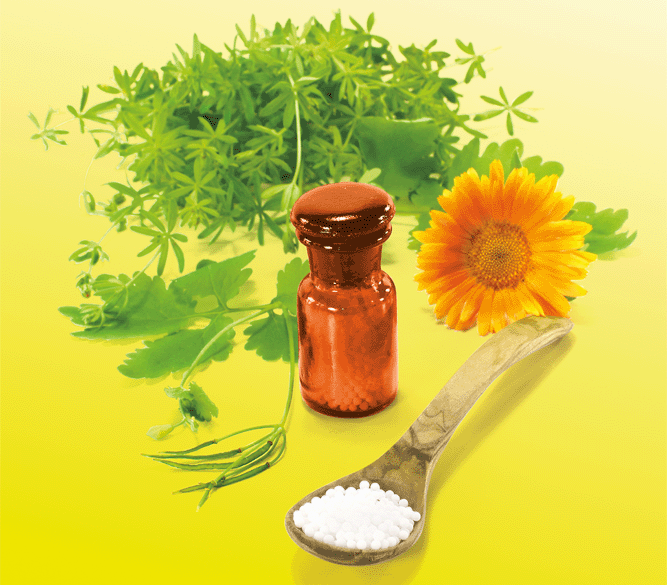
Naturopathy is based on a simple premise: your body has the ability to heal itself. Though its roots date back thousands of years and draw on the healing wisdom of many cultures, American naturopathic medicine can be traced back to 19th-century Germany, specifically the water cures of Father Sebastian Kneipp. In 1892, German émigré and Kneipp disciple Benedict Lust brought hydrotherapy and naturopathy with him to the US, where in 1901 he established the American School of Naturopathy in New York City. Today, naturopathic medicine encompasses a wide array of modern and traditional therapies including nutrition, herbal medicines, homeopathy, hydrotherapy, massage, and even Chinese medicine.
How to Choose an Alt Doc
Finding a provider requires time and energy, but once you find her or him, the relationship can be life-changing. Here are five tips to help you narrow the playing field.
1 Ask friends and family for recommendations You might even ask your primary care physician for a referral. Many Western docs in the Portland area regularly see acupuncturists or naturopathic doctors (NDs).
2 Do a short phone interview Most practitioners will field a few questions over the phone for no charge. Ask them if they’ve treated your particular condition and what their experience has been. (If they haven’t, ask them to refer you to a colleague who has.) If your insurance doesn’t cover them (complementary-medicine services have historically been left out of many mainstream health plans, though coverage is on the rise), don’t be afraid to ask how much they charge for a new-patient visit.
3 Find out what services are available Naturopathic clinics often offer acupuncture, massage, and homeopathy—and some even do basic lab tests, minor surgery, and EKGs in-house.
4 Prioritize clinical experience If you have a choice between someone who has been practicing for a decade and someone who is just out of school, go with the former.
5 Use local schools For lower-income patients, those with no insurance, or anyone who just wants to sample natural medicine, the National College of Natural Medicine staffs nearly 20 community clinics in the Portland area. It also has an on-site teaching clinic at its Southwest Portland campus. For a relatively small fee, you can see a team of student naturopaths or acupuncturists. Initial appointments are $50–60, and follow-ups are $25–35; lab tests also have low fees. 3025 SW Corbett Ave; 503-552-1551.
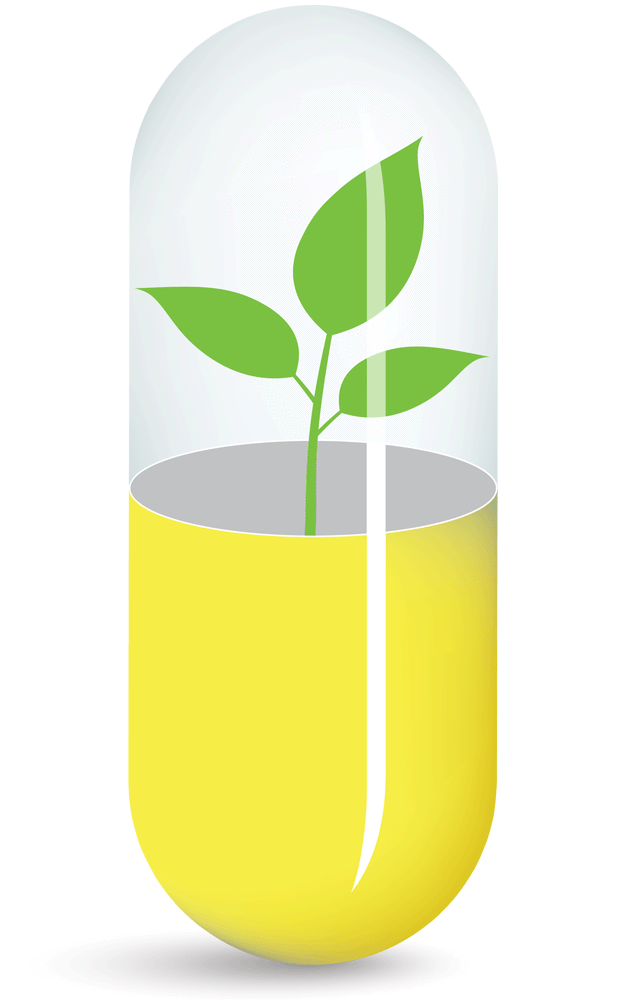
Herbal RX
If you’re seeking a natural cure for insomnia or your child’s seasonal cough, head to the Herb Shoppe (3327 SE Hawthorne Blvd; 503-234-7801). Owner J. J. Pursell, a naturopathic doctor and licensed acupuncturist whose patients call her Dr. J.J., sells an variety of custom-blended bulk herbal teas, including “sleep tea” (a potent mix of hops, chamomile, mugwort, rosemary, lavender, and valerian), and children’s respiratory tonic. You’ll also find tinctures, flower essences (from local company 3 Flowers Healing), Eva’s Herbucha on tap, and Portland-made facial cleansers, body oils, and soaps. If you’re keen to learn more about plant-based medicine, drop by for a free Wednesday-night lecture on anything from Bach Flower Remedies to herbs that support the immune system. Pursell also teaches a 10-month Herbal Certification Course that’s structured around renowned herbalist Rosemary Gladstar’s course “The Science and Art of Herbalism.” The $695 class, which includes medicine-making workshops and herb walks to Powell Butte and Oaks Bottom, meets one Sunday a month from September to June.
Floating Renaissance
Over the past few years, Portland has become a major center for REST (Restricted Environmental Stimulation Therapy)—otherwise known as floating. Invented by neuropsychiatrist John C. Lilly in the 1950s for use in sensory-deprivation experiments, float tanks allow you to bob supine in a soundproof tank of warm salt water. At Float On—one of four local flotation centers—the tanks often are booked through the night with clients wanting to zone out, spur creativity, or alleviate pain. (The therapy is especially popular in the wee hours with bartenders and insomniacs.) You experience zero gravity when you float, so joints and connective tissue get a rare chance for deep relaxation. Some people even say floating helps break addictive behaviors like overeating and smoking.
There is some scientific evidence to support this, but the most convincing studies, says Roderick Borrie, a clinical psychologist who has studied REST for almost 40 years, are on floating’s ability to offer pain relief. In fact, Borrie and a colleague, Dr. Tamara Russell, have begun an international study on the effect floating has on fibromyalgia, a syndrome characterized by chronic pain and muscle soreness.
Profiles in Treatment: Tori Hudson
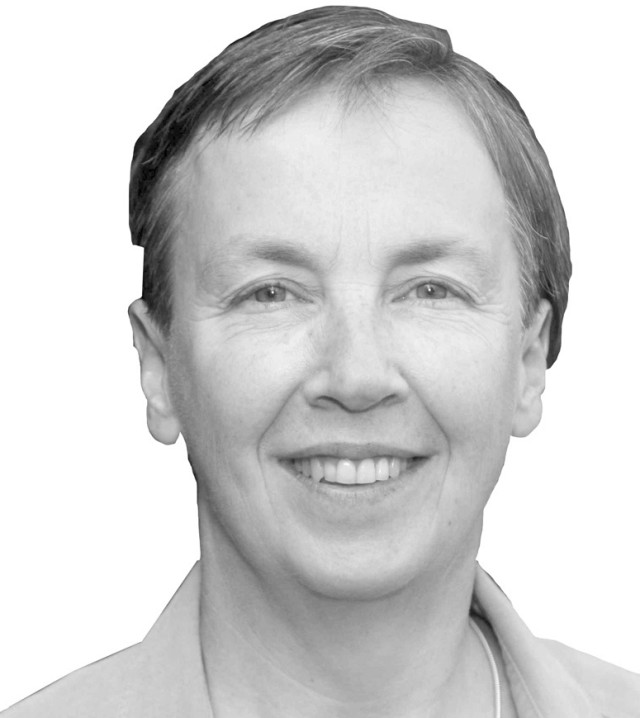
When 38-year-old Catherine Allen* discovered she had an aggressive strain of human papillomavirus (HPV), her doctor recommended a colposcopy. The procedure, which includes a biopsy of the cervix, left her feeling violated. “I started bawling in the middle of it,” Allen says. “I felt like it was some kind of sanctioned mutilation.” The colposcopy also revealed that Allen had a high-risk form of cervical dysplasia, abnormal cell changes that can lead to cervical cancer if not treated. Reluctant to undergo further surgery, Allen saw a holistic-minded gynecologist near her hometown of Raleigh, North Carolina, who handed her a copy of Women’s Encyclopedia of Natural Medicine by Tori Hudson, a naturopathic doctor. Allen read the book cover to cover, making an appointment to see the Portland-based doctor shortly thereafter.
Hudson, a nationally recognized expert on women’s health, pioneered a protocol for managing abnormal Pap smears that now is taught at major naturopathic colleges across the US. The months-long botanical and immune system–boosting regime she prescribed for Allen had a dramatic effect. After less than three months of taking daily supplements (folic acid, selenium, vitamin C, green tea extract, and DIM, a concentrated nutrient that’s found in broccoli and other cruciferous vegetables) and a suppository treatment that included vitamin A and green tea, her dysplasia had disappeared completely. “My gynecologist’s jaw dropped,” Allen says. “She couldn’t believe it.”
Hudson’s expertise extends to other, uniquely female conditions (menopause and endometriosis) and some that are more common in women, such as anxiety, depression, and autoimmune diseases. She also tackles ailments like heart disease that tend to manifest differently in women than in men. She developed a line of herbal supplements for women, called Vitanica, that’s sold in Portland and at health food stores from Hawaii to New York City. Her latest product, Bacteria Arrest, is a homeopathic suppository for bacterial vaginosis (the most common vaginal infection).
In her latest work, Hudson is studying the Vietnamese herb Crinum latifolium and Siberian rhubarb. Both have been found to quell menopause symptoms such as hot flashes, night sweats, and moodiness.
*Catherine’s last name has been changed to protect her privacy.
TOUCH THERAPY
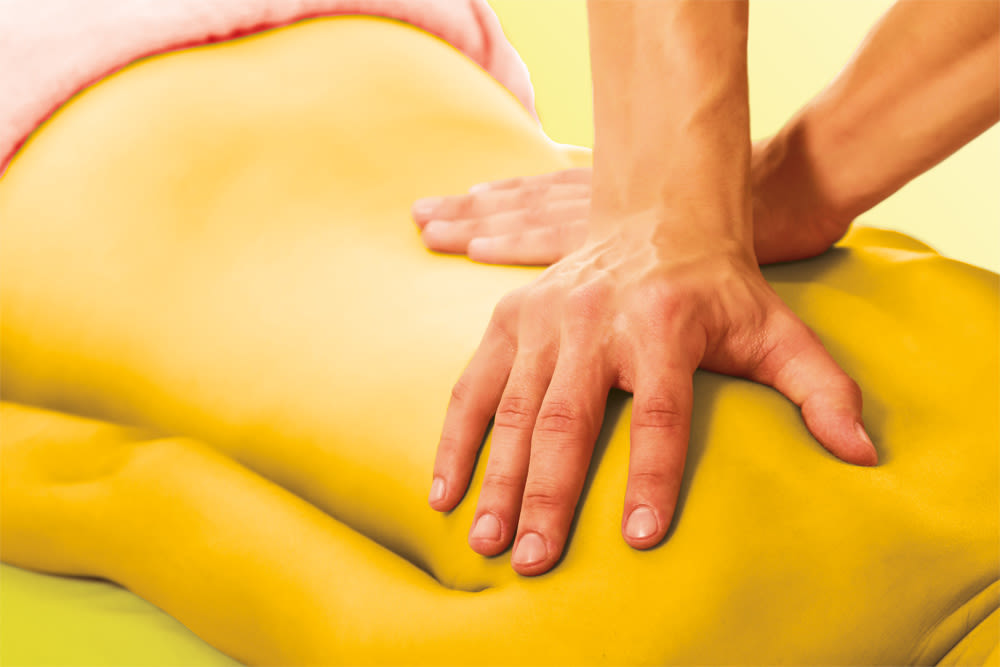
Hippocrates talked about the need for physicians to be experienced in “rubbing” as early as 400 BC. Massage was widely used in ancient cultures, too, from China and Japan to Egypt and the Arab world.
But beyond traditional massage to relieve pain, heal sports injuries, and quell stress and depression, there are other touch treatments, like craniosacral therapy for musculoskeletal imbalances and Reiki, a light-touch energy healing for the body’s so-called biofield.
Profiles in Treatment: Todd Jackson

Barely able to turn her head due to four bulging discs in her neck, Camille Scheewe Radich visited Todd Jackson, a cranial therapist who is also a yoga teacher and massage therapist.
“I was in excruciating pain,” Radich recalls. Jackson slowly rotated her neck in a single, uninterrupted movement—for 30 minutes.
“Each time he moved my neck a degree, he just held it there until it released,” Radich recalls. “It was like a layer of an onion, letting go.” By the end of the session, she said her pain level had dropped by 70 percent and she could move her neck again. “He puts his hands on your shoulders,” Radich says, “and connects with your energy.”
The cranial system, Jackson explains, is just like your respiratory system and circulatory system: it has a certain rate and cycle. “All the fluids expand and contract according to this rhythm,” he says, referring to the fluid that surrounds, protects, and nourishes the brain and spinal cord.
Jackson’s job is to find the disruptions in this rhythm—the places where disease and discomfort usually lie—and “palpate” them (i.e., examine them by pressing with the palms and the fingers).
There are many schools of craniosacral therapy. Jackson, who founded the Portland-based Northwest Cranial Association (nwcranial.com), also incorporates “biodynamic massage”—a type of massage that follows what he calls the “subtle undulatory patterns” in the cranial system—in his therapy. “Biodynamic massage is dramatically different than traditional massage,” he says. “It orients around what the intelligence in the client’s body requires to reach resolution.”
CHIROPRACTIC
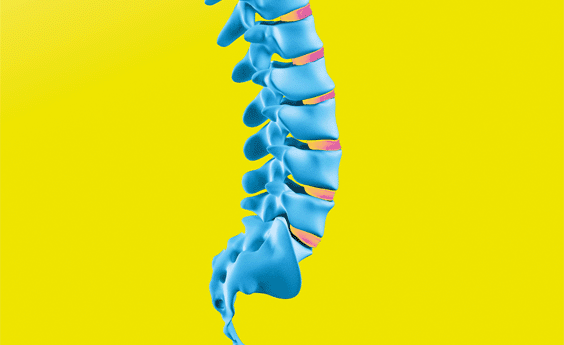
In 1895, the itinerant healer Daniel David Palmer encountered a deaf man from Iowa named Harvey Lillard. Noticing that Lillard’s spine was abnormally positioned, Palmer famously performed the first recorded spinal manipulation, not only realigning Lillard’s spine, but also restoring his hearing. Soon, Palmer cured another patient of heart trouble by adjusting his displaced vertebra. The experiences led Palmer to believe that spinal misalignment was an underlying cause of disease. In 1897, he founded the first American chiropractic school in Davenport, Iowa.
Though chiropractors have come a long way since “magnetic healers” like Palmer, spinal manipulation is still one of the most commonly used techniques. They also employ much gentler treatments: soft-tissue therapies, stretching and exercise-based rehabilitation techniques, and nutritional, ergonomic, and lifestyle recommendations for back and neck pain, headaches, joint problems, and whiplash disorders.
Profiles in Treatment: Judith Boothby
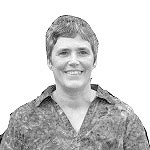
For 15 years, carpenter Nat Lemke suffered severe, chronic pain caused by a car accident at 16. “It would shift throughout my body,” he says. “My right foot was twisted way out. I had this feeling of ripping open in my waist. My whole body had this larger feeling of being messed up.”
With visions of becoming wheelchair-bound, he sought treatment from Judith Boothby. A 26-year practitioner of chiropractic medicine, Boothby also employs “functional neurology,” gentle breathing exercises and neurological tricks that encourage a mind-heart-body connection. “I used to be a mechanical engineer,” she says, “so I think structurally.”
Boothby began with simple exercises to bring Lemke’s body and brain back into conversation—eye movements, humming, and tapping the areas of his body, like his ribs, that felt dormant. She also did adjustments—not bone-pops, but sudden, “vigorous movements”—while he hummed.
Seeing Boothby weekly (and, early on, more often) was no picnic—Lemke describes this period of his life as “very intense and challenging.” He would leave each session with a page of notes on exercises he should do at home. But all the work paid off. “These exercises may sound corny or strange, but as far as I could tell, they helped my neurological system repair itself,” Lemke says.
Boothby’s colleague Laurie Morton teaches their patients qi gong and yoga to complement their treatment. She introduced Lemke to qi gong, a Chinese martial art that balances your qi, or intrinsic life energy. “It awakens my body more fully,” Lemke says. “Dr. Boothby helped me pick myself up, and qi gong is going to take me the rest of the way.”
HOLISTIC DENTISTRY
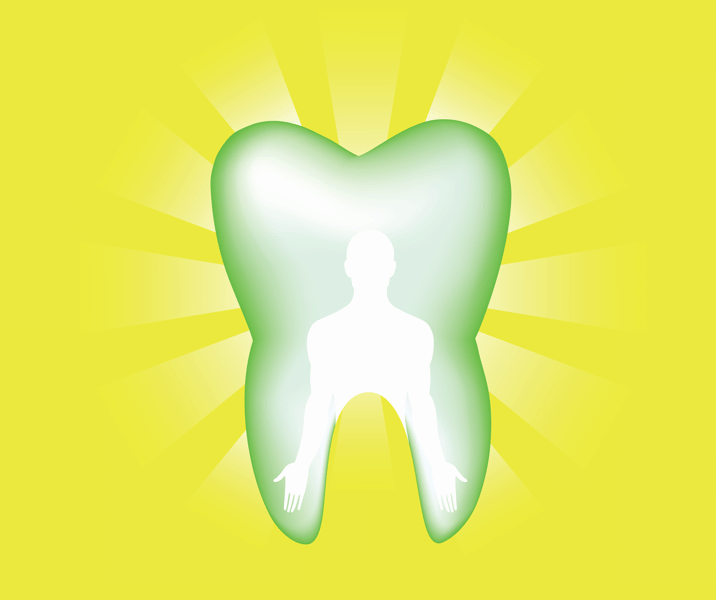
Rather than focusing solely on your teeth, gums, and jaw, holistic dentists treat the entire body. Jay Harris Levy, DDS, has been practicing in Portland for eight years.
How is holistic dentistry different from conventional dentistry? The mouth is an oral ecosystem. It is made up of factors of force—how hard you bite—but also what you eat. So when you eat processed, refined foods, there is residue in the mouth, which causes bacteria to grow that causes acids, gum and tooth decay. So the first thing I do is start talking about food and nutrition.
What kind of fillings do you use? Composite, and occasionally I use “DiamondLite.” Gold is a good restoration, and porcelain is good but it’s brittle. Everything has some toxicity, but amalgam fillings are the most toxic. They go in your mouth at 50 percent mercury, and when you take them out it’s 20 percent mercury. You’ve eaten the difference. Yet the American Dental Association (ADA), which is a lobbying organization, says it’s OK to do amalgams, that they are safe and effective.
Should Portland fluoridate its drinking water? The studies that exist aren’t well designed. Most dentists say, “That’s what the ADA says and you gotta use it.” Personally, my take is that fluoride is quite toxic and we get too much of it from the environment. I encourage diet and nutrition.
What’s your advice for good dental hygiene? I don’t care if a patient is vegan or on the paleo diet—there are three basic rules: eat whole foods, eat only three meals a day, and drink only water between meals. You need fasting periods throughout the day so food residues can be washed out of your mouth by saliva and the bacterial load goes down. You are fueling the fire if you eat again in an hour—especially if you eat refined foods. For millions of years, our ancestors did not get tooth decay—and they did not floss and they did not brush. 511 SW 10th Ave, Suite 1102; 503-222-2157; jayharrislevy.com
Natural Medicine and Health Care Reform

Among the reforms Governor John Kitzhaber and the Oregon Legislature unleashed with the Oregon Health Plan (OHP, Oregon’s Medicaid program) are the creation of Coordinated Care Organizations (CCOs): local health entities that will integrate a patient’s physical, mental, and dental health via a team of doctors. The idea is to save money by focusing on prevention and more efficient and effective care.
Naturopaths are known for their focus on preventive medicine. Yet only a handful of naturopaths who were part of OHP’s “managed care organizations” have been grandfathered in to the CCO model. And even these—a total of nine, so far—are limited to naturopaths who work alongside MDs at special low-income clinics such as Outside In, says Laura Farr, executive director of the Oregon Association of Naturopathic Physicians. In November, none of the 15 CCOs across the state had contracted with individual acupuncturists, naturopathic physicians, or chiropractors—many of whom served as primary care providers for OHP patients—despite clear “non-discrimination” language in Oregon Senate Bill 1509, which states that CCOs aren’t allowed to discriminate against any health care provider acting within the scope of their license.
“Hundreds of patients are poised to lose their primary care doctors,” says Farr, who guesses that anywhere from 500 to 1,000 patients will lose access to their naturopathic physician.
The Oregon Health Authority (OHA) has stepped in and now requires CCOs to allow patients under a naturopath’s care to continue seeing that ND for at least 90 days. If the CCO still refuses to credential a provider, there is a multiple-appeal process for naturopaths, chiropractors, and acupuncturists, says Jeremy Vandehey, OHA legislative director.
But Vandehey thinks the CCOs will come around. “The oldest one is only 90 days old,” he says. “The important thing is the ongoing conversation.”
As President Obama’s Affordable Care Act is implemented and many Oregonians without insurance join the health care system, the state will be facing a shortage of primary care physicians. Eventually, Kitzhaber hopes that the CCO model will manage care for all public employees, and not just Oregon’s Medicaid population. Thus Farr urgently believes, “Oregon needs to use every available provider in order to meet the needs of the giant influx of people the Affordable Care Act will bring to the system.”

